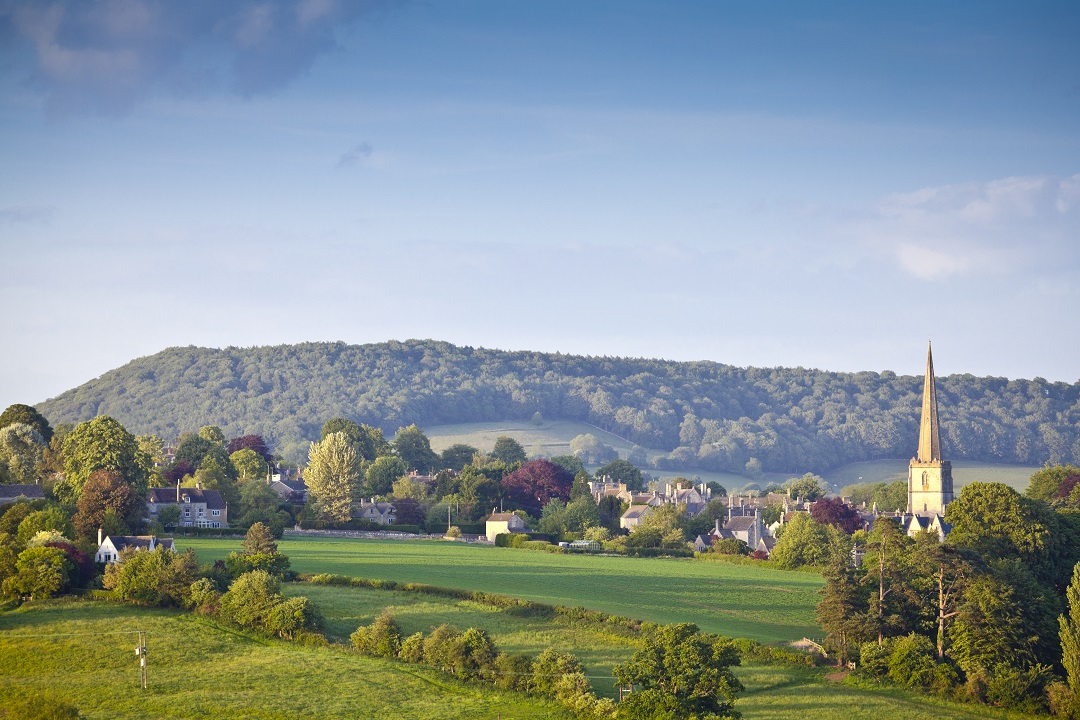The greying of green rural England
18 October 2018

Our green and pleasant land is turning grey as rural England, with its beautiful countryside, fresh country air and peace and quiet, proves more popular than ever with the over-55s.
A recent guide by the NHBC Foundation shows the number of 55-74 year olds living in rural areas increased by 30% between 2001 and 2015 – a percentage increase almost matched by the over-75s age group.
Along with the population growth in the over-55s age group, the average age of people living in rural England has also gone up. Between 2002 and 2016 the average age rose by almost four years to 47.8. This is very different to the marginal increase in age seen in urban populations, which went up by just four months to 37.4 years old.
While the rate of growth of the over-55s is significant in rural areas, the NHBC Foundation report found that only 17% of homes across England are located here. In contrast, suburban areas – not quite urban and not quite rural – accommodate almost two-thirds of the population, with just over 20% of the population living in city centres and other high density urbanised areas.
At a glance – Growth in populations from 2001 to 2015
- +1%: ages 20 to 54 in rural areas
- +30%: ages 55 to 74 in rural areas
- +28%: over 75s in rural areas
- +11%: ages 20 to 54 in urban areas
- +19%: ages 55 to 74 in urban areas
- +13%: over 75s in urban areas
At a glance – Where are homes located?
- 17.4% in rural areas
- 62.3% in suburbia
- 20.3% in urban areas
Steve Wood, NHBC Chief Executive said: “The figures show an increasing proportion of 20-54 year olds settling in urban areas and more over-55s are choosing to live in the country. It’s imperative that the industry considers these changes when deciding which types of houses should be built, and where, to meet the shifting needs.”
The facts about UK households come from the NHBC Foundation publication, ‘40 facts: homes, housing and house building today’. Steve Wood added: “We have gathered together some interesting facts about UK housing and house building to give you a picture of the homes we live in today. As our population changes so does the need for a broader range of products and tenures.”
